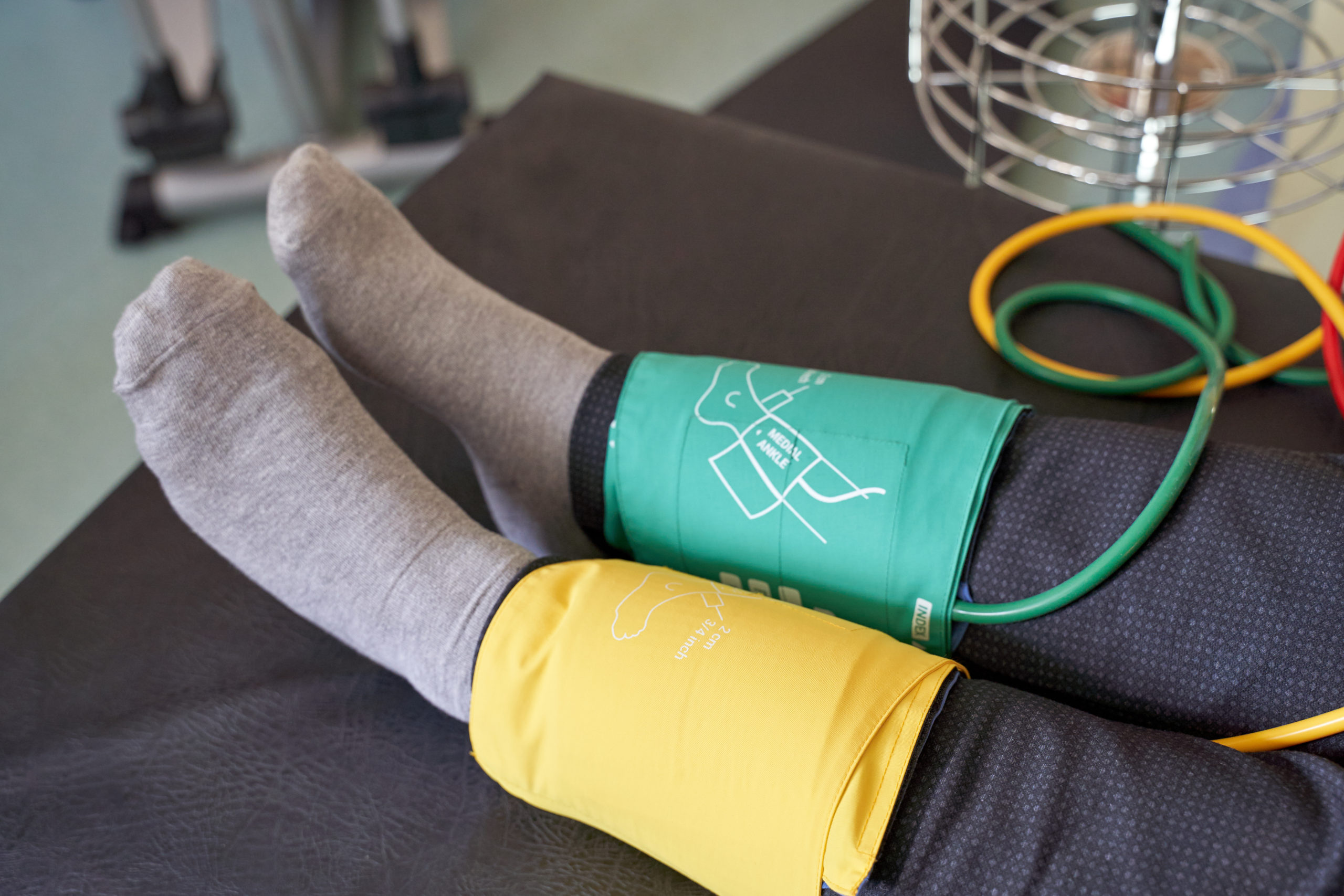
Chronic kidney disease (CKD) and osteoarthritis (OA) are common chronic diseases that share several similar risk factors, such as older age, overweight/obesity, hypertension, and longtime use of nonsteroidal anti-inflammatory drugs. OA is prevalent among CKD patients receiving dialysis, and research indicates an increasing comorbidity between the two conditions. Therefore, a better understanding of the relationship between CKD and OA should help advance more comprehensive management of both.
Kuiliang Gao and colleagues used logistic regression to assess the relationship between CKD and OA, utilizing data from the National Health and Nutrition Examination Survey (NHANES). Their findings were published in BMC Nephrology [doi:10.1186/s12882-024-03672-1].
The study authors relied on demographic data, laboratory results, examination records, and questionnaire responses from NHANES between 2011 and 2020. Of an original pool of 26,280 adult participants aged ≥20 with complete demographic, physical examination, and health questionnaire data, 15,690 were included in the study after applying exclusion criteria.
The study excluded patients with unavailable information on weight and socioeconomic factors; missing data on urine albumin, urine creatinine, or blood creatinine concentrations; incomplete, unreliable, or uncertain data on arthritis; and unreliable assessment criteria for diabetes and hypertension. Mean age was 48.48 (± SE 16.95) years, and 49% of participants were male.
OA was the predictor variable in the analysis, and CKD was the outcome variable in the associative research. The relationship between CKD and OA was further examined after adjusting for covariates and effect sizes (β) and calculating 95% CIs. To further ensure the accuracy of results, the researchers conducted age- and sex-stratified subgroup analyses. To evaluate the performance of indicators, P<.05 (two-tailed) represented statistical significance.
Among study participants, 26.69% of OA patients developed concurrent CKD. In non-OA participants, 13.83% developed CKD.
Overall, CKD was found to be significantly related to OA (odds ratio [OR], 2.269; 95% CI, 2.266–2.271; P<.01). The relationship was even more significant in those with moderate-to-severe CKD (OR, 2.622; 95% CI, 2.610–2.634; P<.01). Even after adjusting for demographic factors, socioeconomic factors, body mass index, smoking status, alcohol consumption, physical activity, diabetes, and hypertension, the relationship between CKD and OA was strong (OR, 1.031; 95% CI, 1.030–1.033; P<.01), and the relationship between moderate-to-severe CKD and OA became even more pronounced (OR, 1.178; 95% CI, 1.173–1.184; P<.01).
There was a higher proportion of Non-Hispanic White with OA patients (81.83%) than those without OA (63.92%). Patients with OA were of a significantly older age (P<.01) than those without OA. Patients aged 60 years and older demonstrated an increased CKD risk compared to those aged 20 to 39 years (OR, 3.706; 95% CI, 3.700-3.712). Stratified analyses showed an increasing correlation between OA and CKD with age.
There were more females with OA (66.1%) than males (33.9%). In subgroup analyses, the relationship between OA and CKD went in opposite directions for males (OR, 0.869; 95% CI, 0.867-0.871; P<.01) and females (OR, 1.178; 95% CI, 1.177-1.180; P<.01).
Because there was no osteoporosis data in the NHANES database for some years, the researchers conducted a regression analysis with osteoporosis as a new covariate based on the years with available osteoporosis data. That analysis showed a strong relationship between CKD and OA, both in
stages 1-3 CKD (OR, 1.065; 95% CI, 1.063–1.066; P<.01) and in stages 4-5 CKD (OR, 1.446; 95% CI, 1.436–1.45; P<.01).
The authors propose that metabolic dysfunction and inflammation, possible associations in the molecular cell field, and the effects of hypertension, diabetes, hormone levels, and physical inactivity may contribute to the association between OA and CKD.
Limitations acknowledged by the authors include the retrospective nature of the study, potential underestimation or overestimation of CKD prevalence, possible self-reporting and recall biases, and failure to consider medication usage.
In conclusion, the authors wrote, “The results of this study, based on a nationally representative survey, reveal a strong association between CKD and OA. The likelihood of CKD is significantly higher in patients with OA compared to those without, particularly among women. We suggest that OA be considered a predictor of CKD. Alongside other predisposing factors, OA should be taken into account in annual CKD screening protocols.”







 © 2025 Mashup Media, LLC, a Formedics Property. All Rights Reserved.
© 2025 Mashup Media, LLC, a Formedics Property. All Rights Reserved.